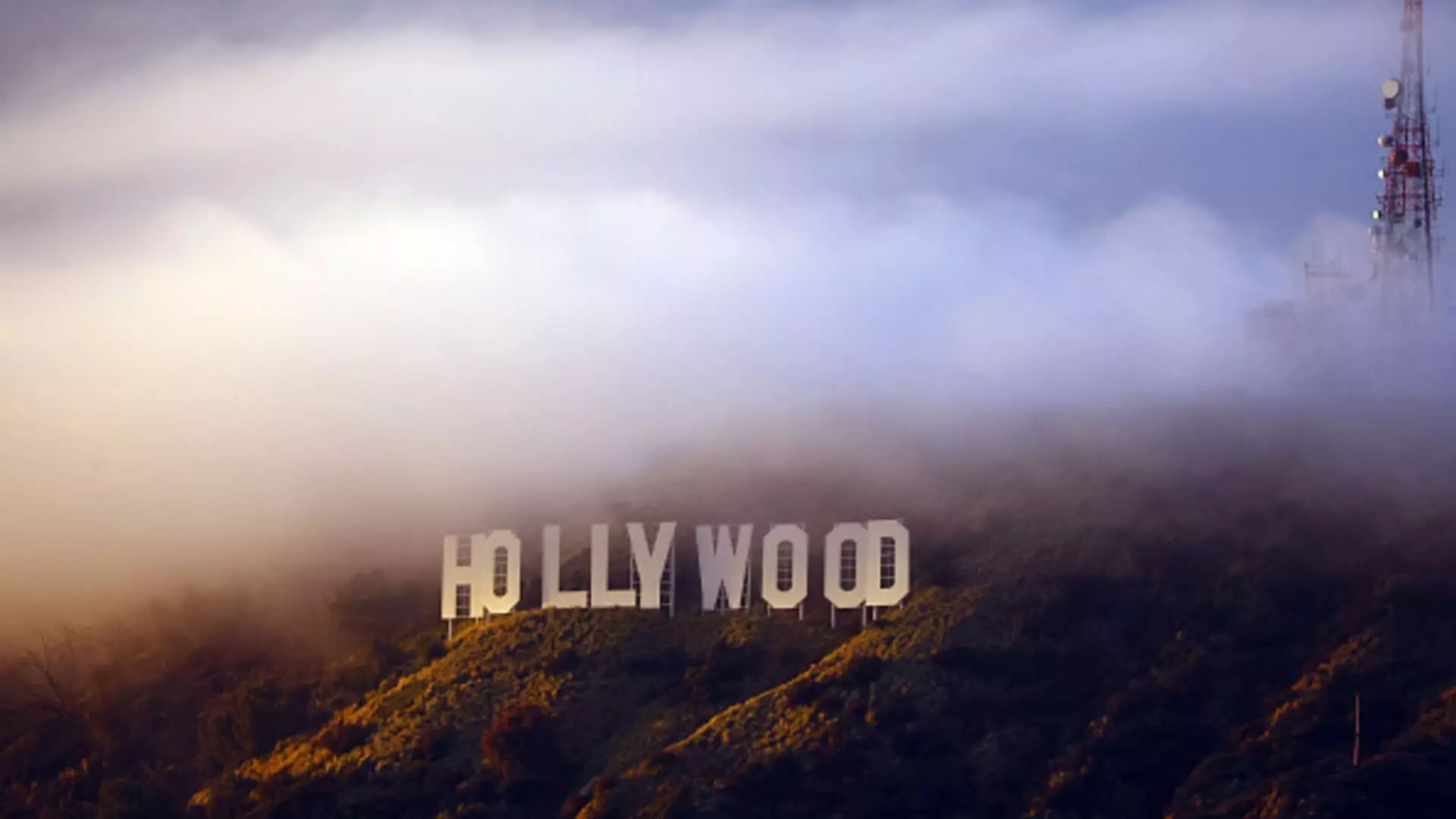The film and television industry has long relied on the robust production capabilities of Canada, often referred to as “Hollywood North.” This partnership brings together a wealth of skilled professionals on both sides of the U.S.-Canada border, fostering production ventures that have become instrumental to the American entertainment landscape. However, newly implemented tariffs by former President Donald Trump have sparked concerns about the sustainability of this critical relationship, presenting multiple challenges for the industry and its stakeholders.
In a recent policy shift, tariffs imposed by the Trump administration have raised the stakes for many industries, including Hollywood. Specifically, a 25% tariff on goods imported from Canada and Mexico, along with a 10% duty on products from China, has sent tremors through the entertainment sector. The film community fears that such tariffs could induce retaliation from Canada, effectively dismantling the favorable tax incentives that have attracted numerous American productions to the region. Sustained by an intricate network of local talent and resources, the potential fallout raises alarm bells among studios and filmmakers alike.
Prime Minister Justin Trudeau’s immediate declaration of retaliatory tariffs underscores the seriousness of the situation. “Like the American tariffs, our response will also be far-reaching,” Trudeau remarked, promising a comprehensive counterattack. Such a dynamic could unravel years of carefully nurtured economic relationships between Hollywood and Canada, further complicating production logistics and financial forecasting.
As Hollywood reels from this development, industry insiders have underscored how tariffs might disrupt production budgets. Many productions rely on specific textiles, equipment, and materials imported from abroad. Given that the recent tariffs are likely to cause price increases, studios may face tighter budgets, compelling them to reassess their spending priorities. Though it’s commonplace for many productions to source most of their materials locally, particular high-end items may be imported, and the rise in costs could reverberate through the final product.
One significant aspect to consider is that while essential items like food and props may experience slight price hikes, a large chunk of production expenses derives from leasing equipment rather than direct purchases. This means studios might somewhat insulate themselves from immediate tariff-induced price fluctuations; however, the broader economic implications cannot be ignored.
The Consumer Spending Dichotomy
Concern is also mounting over the potential ramifications of increased tariffs on consumer behavior. If everyday goods, including those unrelated to film and television, rise in price due to elevated import costs, households may begin to tighten their spending budgets. Cinemas could be perceived as non-essential expenditures when families are forced to make financial sacrifices. In an industry that has barely started to recover from pandemic-related disruptions, a downturn in ticket sales would be catastrophic.
Experts assert that while Hollywood can adapt to changes in the supply chain or production costs, the industry may struggle to rebound if consumer spending continues to falter. Should families prioritize essential goods over trips to the cinema, movie studios may find themselves facing daunting figures at the box office.
Despite the uncertainty and potential pitfalls resulting from these tariffs, many in the industry hold onto a glimmer of hope. Some industry watchers suggest that upcoming blockbuster releases will be powerful enough to attract audiences back to theaters, even amid economic pressures. Anticipation surrounds major films set to debut in 2025. Could these cinematic delights inspire audiences to once again submit their discretionary income to the allure of film?
Ultimately, while Hollywood faces significant challenges arising from the tariffs imposed during Trump’s presidency, resilience remains a key characteristic of the industry. By navigating the complexities of international trade and adapting to shifts in consumer behavior, the film and television sector may yet find ways to not only endure but thrive in turbulent times. As stakeholders rally to safeguard their creative partnerships, the hope endures that the magic of cinema will continue to captivate audiences, regardless of the economic winds.


Leave a Reply